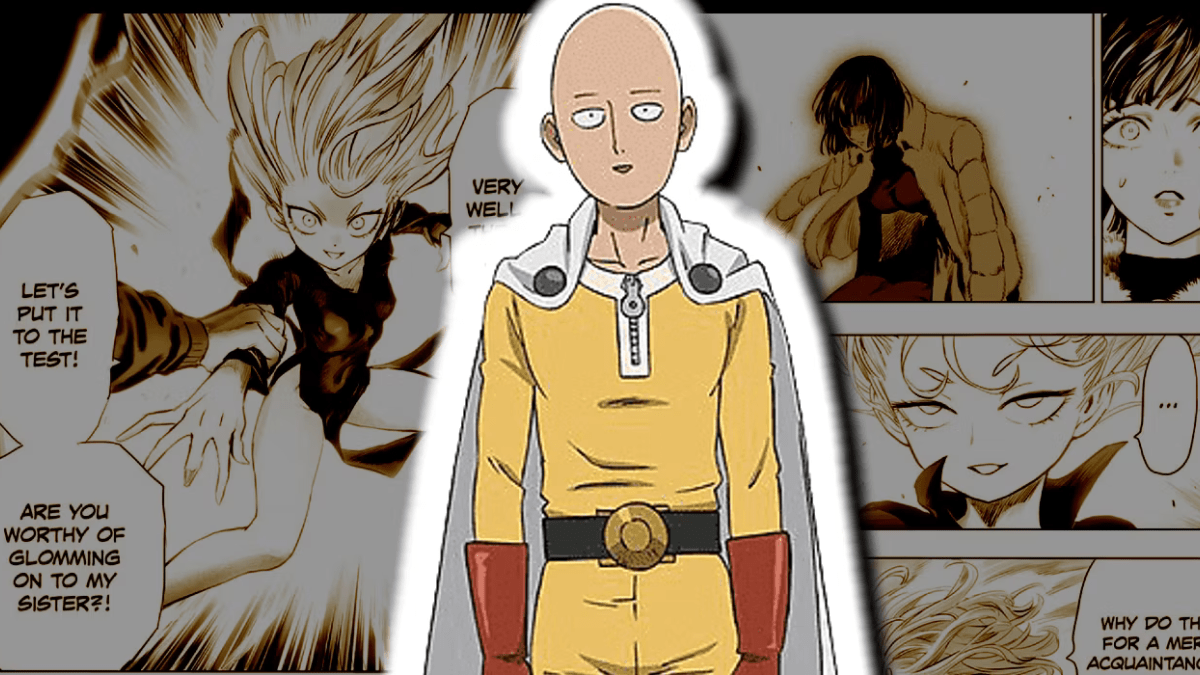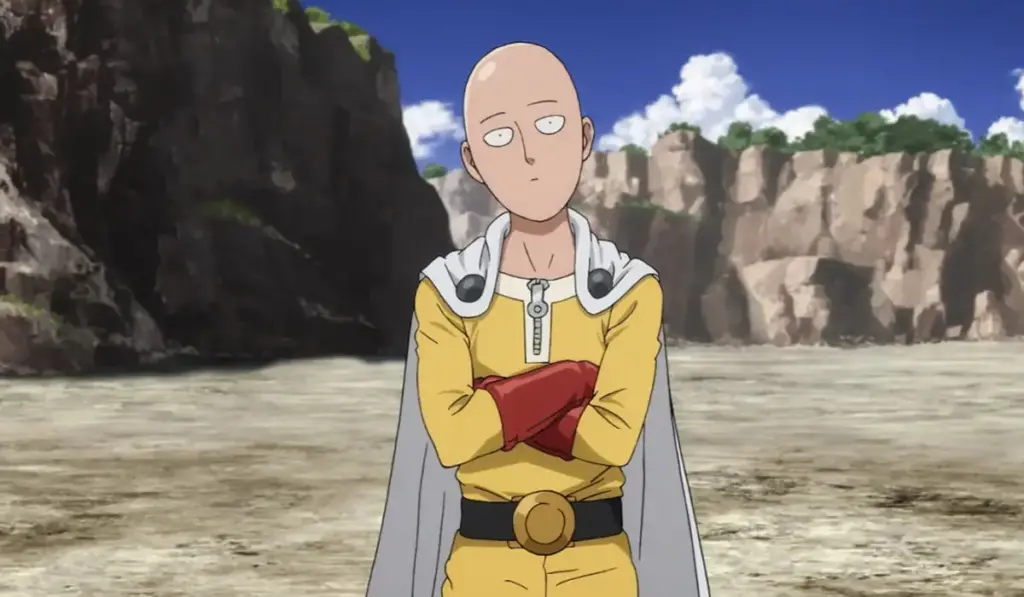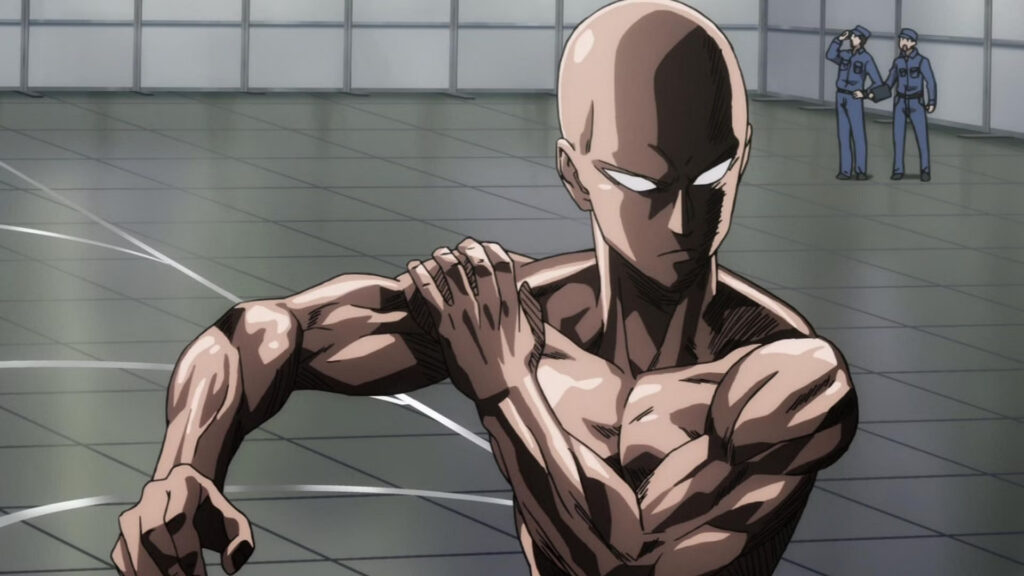Assessing the Manga-to-Anime Transition in ‘One Punch Man’

The manga-to-anime transition in ‘One Punch Man’ has been a fascinating journey, with the delicate art of adaptation in the world of Japanese entertainment.
‘One Punch Man,’ created by the artist ONE, started as a webcomic in 2009 and gained immense popularity for its unique take on the superhero genre. The transition from the webcomic to the manga format, illustrated by Yusuke Murata, was a significant step that enhanced the visual appeal and storytelling elements. Murata’s detailed artwork added depth to the characters and elevated the series to new heights, setting the stage for the anime adaptation.

When it comes to assessing the manga-to-anime transition, one cannot overlook the challenges and expectations that arise. Fans of the manga often have specific images and experiences in their minds, making it a daunting task for animators and directors to meet these expectations. However, ‘One Punch Man’ managed to navigate these challenges with finesse.
The anime adaptation, produced by Madhouse for its first season and J.C. Staff for the second, successfully captured the essence of the manga while introducing dynamic animation and sound design. The transition allowed fans to witness Saitama’s iconic punches in action, a spectacle that resonated with both manga enthusiasts and newcomers to the series.

One aspect that stands out in the ‘One Punch Man’ anime is the fluidity of the fight scenes. The transition from still frames in the manga to animated sequences brought an extra layer of excitement. Saitama’s battles against foes became a visual feast, with the animation team skillfully portraying the impact and speed of each punch. This transition not only maintained the essence of the manga but elevated it to a new level of cinematic experience.
Another noteworthy element in the adaptation is the handling of the humour. ‘One Punch Man’ is known for its satirical take on superhero tropes, and the anime retained this comedic essence. The timing of jokes, facial expressions, and comedic pauses made the fans love the series more. The transition successfully carried over the humour, contributing to the series’ widespread appeal.

However, it’s essential to acknowledge the criticisms that arose, particularly concerning the animation studio change for the second season. Some fans expressed disappointment with the shift in animation quality and pacing. While the first season by Madhouse set a high standard, the transition to J.C. Staff led to debates among the fanbase about the overall consistency of the adaptation.
The series successfully navigated these challenges, delivering memorable fight sequences, and comedic moments, and capturing the spirit of ONE’s creation.








